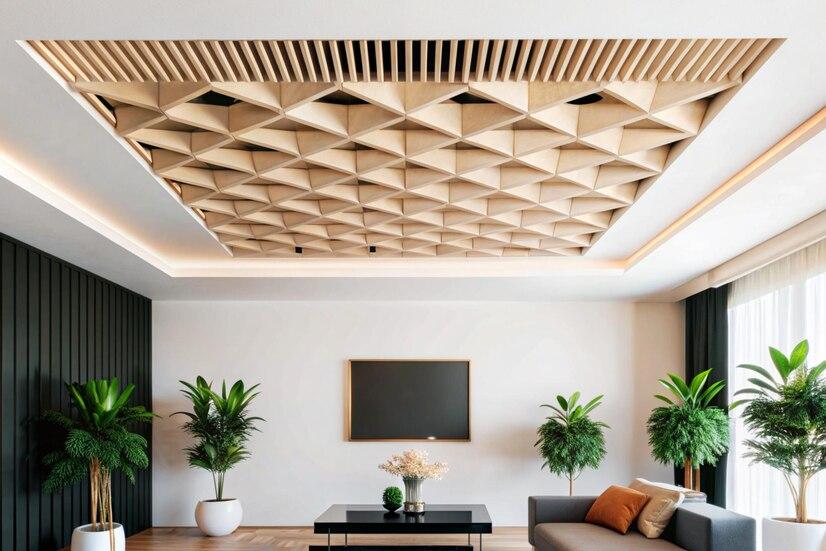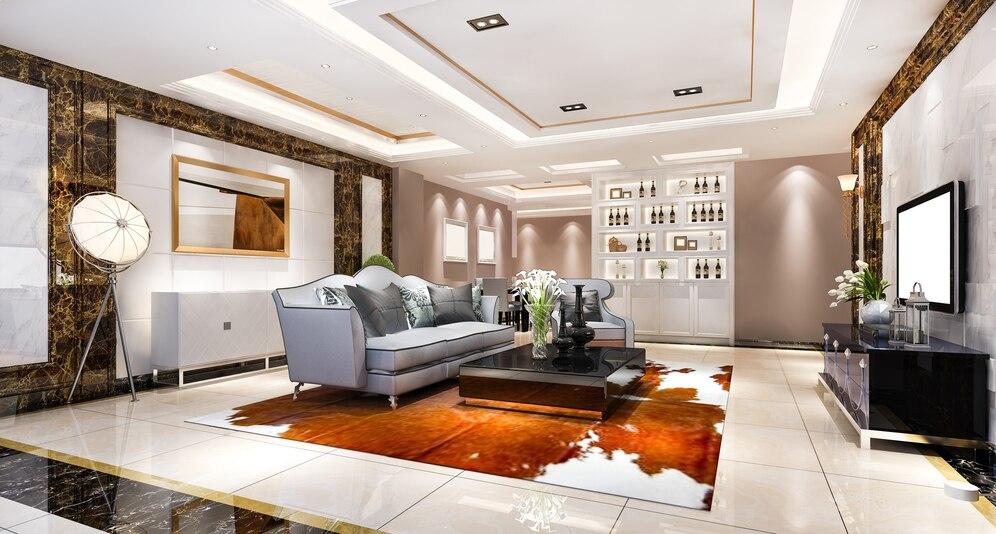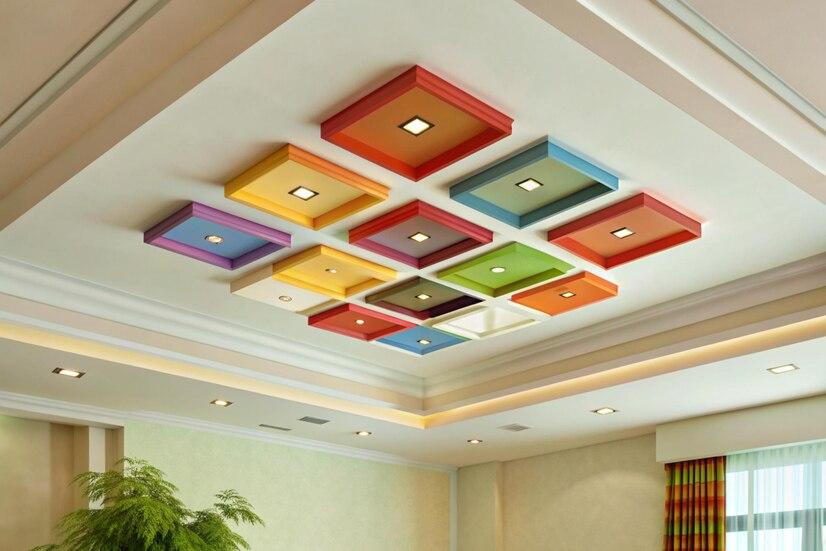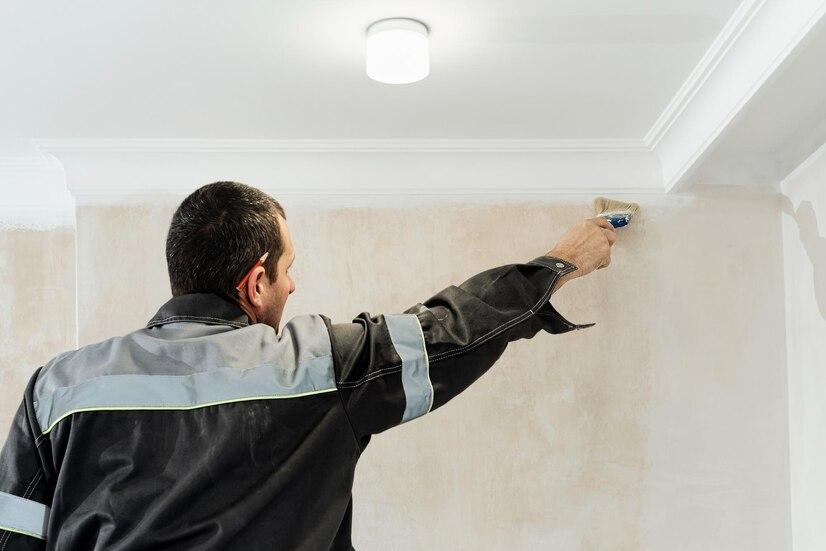



Table of Contents
- Introduction
- What is a False Ceiling?
- Purpose and Benefits of False Ceilings
- Types of False Ceilings
- Installation and Maintenance
- Applications of False Ceilings
- Conclusion
- Faq's
Introduction
A false ceiling, also known as a suspended ceiling, is an additional layer of ceiling installed below the original ceiling structure in a building. It creates a space between the original ceiling and the new ceiling layer, offering both aesthetic and practical benefits. False ceilings are commonly used in residential, commercial, and office spaces.
What is a False Ceiling?
A false ceiling refers to a secondary ceiling that is hung below the main structural ceiling. It is typically constructed using materials like gypsum boards, metal panels, or acoustic tiles, and is supported by a framework of metal grids or tracks. This design creates a gap between the original ceiling and the false ceiling, which can be used for various purposes. False Ceiling
False Ceiling
Purpose and Benefits of False Ceilings
Aesthetic Appeal: False ceilings allow for creative design options, including varied shapes, lighting effects, and color schemes, enhancing the visual appeal of a space.
Concealment: They provide a space to hide unsightly elements such as electrical wiring, HVAC ducts, and plumbing, giving a cleaner and more organized appearance.
Acoustic Improvement: False ceilings can help in sound insulation and acoustics by incorporating acoustic tiles or panels that reduce noise and improve sound quality within a room.
Energy Efficiency: They can improve energy efficiency by providing insulation and helping to maintain temperature control, which can reduce heating and cooling costs.
Lighting: False ceilings can integrate various lighting fixtures, including recessed lights, LED strips, and spotlights, allowing for effective and customizable lighting solutions. Benefits of False Ceiling
Benefits of False Ceiling
Types of False Ceilings
Gypsum Board Ceilings: Made from gypsum plasterboard, these ceilings are popular for their versatility and ease of installation. They offer a smooth, paintable surface and can be shaped into various designs.
Metal Ceilings: Constructed from aluminum or steel panels, metal ceilings are durable and often used in commercial spaces. They are easy to maintain and can be designed with different finishes.
Acoustic Ceilings: These ceilings use acoustic tiles or panels designed to absorb sound and reduce noise levels, making them ideal for environments where noise control is essential.
Mineral Fiber Ceilings: Made from mineral fibers, these ceilings are lightweight and provide good acoustic properties. They are often used in commercial and office spaces. Types Of False Ceiling
Types Of False Ceiling
Installation and Maintenance
Installation: False ceilings are installed by attaching the framework to the original ceiling, then fixing the ceiling panels or tiles to this framework. The process involves precise measurements and alignment to ensure a smooth and even finish.
Maintenance: Regular maintenance includes checking for any loose or damaged panels, cleaning dust and debris, and ensuring that the space above the false ceiling remains accessible for repairs and inspections. Installation Of False Ceiling
Installation Of False Ceiling
Applications of False Ceilings
Residential: In homes, false ceilings are used to enhance interior design, conceal utilities, and improve lighting.
Commercial: In offices and retail spaces, false ceilings provide a professional look, help with acoustics, and hide electrical and mechanical systems.
Public Buildings: In hospitals, schools, and theaters, false ceilings contribute to both functionality and aesthetics, aiding in noise control and visual appeal.
Conclusion
False ceilings are a versatile and valuable addition to various types of buildings, offering both practical and aesthetic benefits. By enhancing the visual appeal, improving acoustics, and providing space for essential utilities, false ceilings contribute significantly to the overall functionality and design of a space.
explore further
Latest from Encyclopedia
More from Interactions
Resources
Dwello, for every home buyer, is a way to go from 'I feel' to 'I know', at no extra cost.




